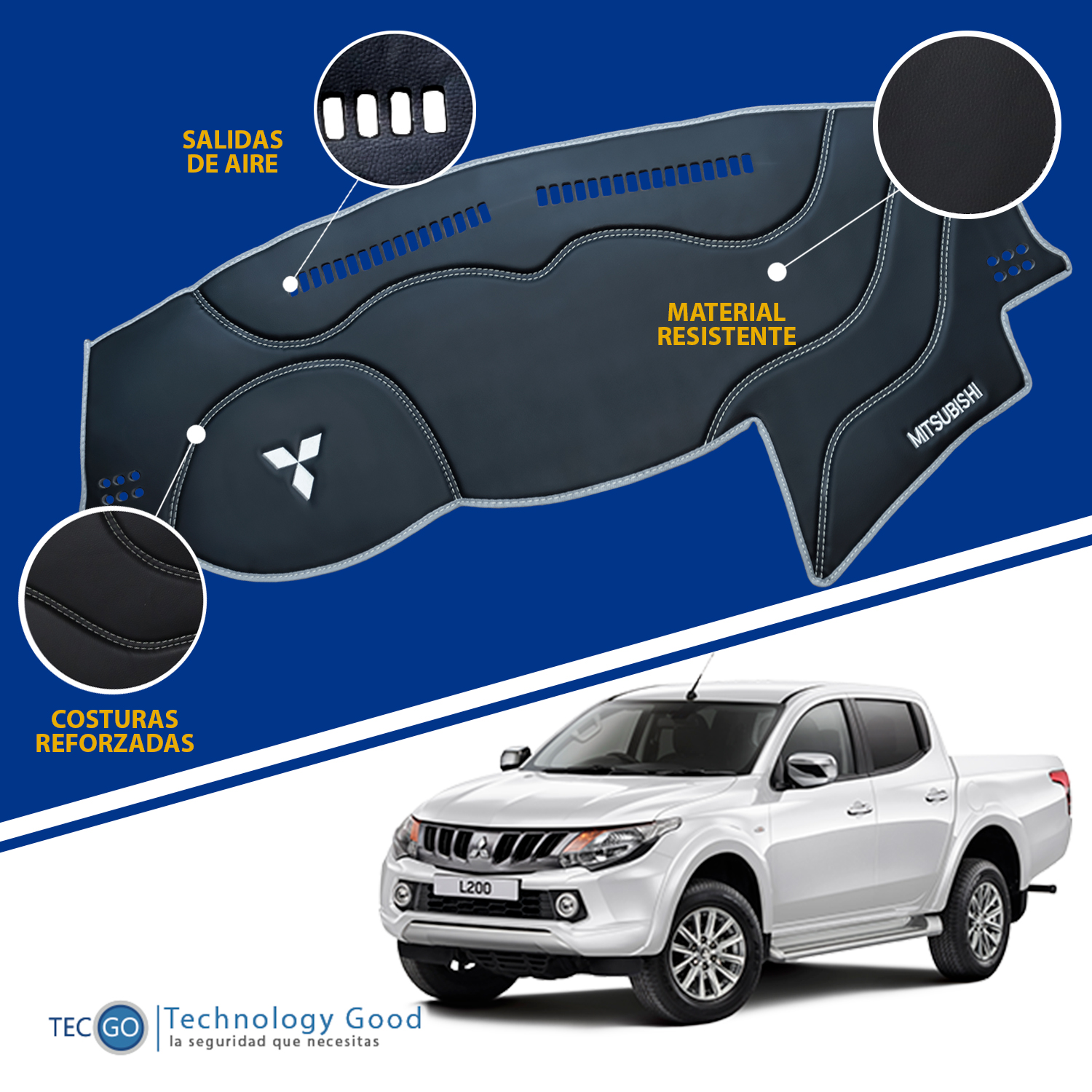
Amazon.com: DLAA Luces antiniebla para Mitsubishi Triton L200 2009 2010 20011 2012 2013 Kit de faros antiniebla delanteros con cables e interruptor, lente transparente – 1 par : Automotriz

Amazon.com: Powerwarauto - Tirador trasero para puerta trasera, para Mitsubishi L200 Triton MQ 2WD 4WD UTE Pick-Up 2015 2016 2017 2018 : Automotriz

Sobrebumper completo con luz para tu Mitsubishi L200 TRITON! 🔥 el detalle que tu pickup necesita ✓ Disponible en nuestra sala de ventas… | Instagram

Roll bar Cromado doble tubo con luz de freno para Mitsubishi L200 Triton! ✓ Adquiere the accesorios originales en nuestra sala de ventas!… | Instagram

Cotiza tus accesorios de Mitsubishi L200 ☎️ 4764-4149 ✓ Lona - Roll bar - Estribos - Barras de techo - Burbujas de ventanas - Mosquitero de… | Instagram

Adquiere tus accesorios con ESTILO para tu Mitsubishi L200 TRITÓN únicamente en nuestra sala de ventas 🚗 ¡VISÍTANOS! ☎️ 4764-4149 #Kraken… | Instagram


















